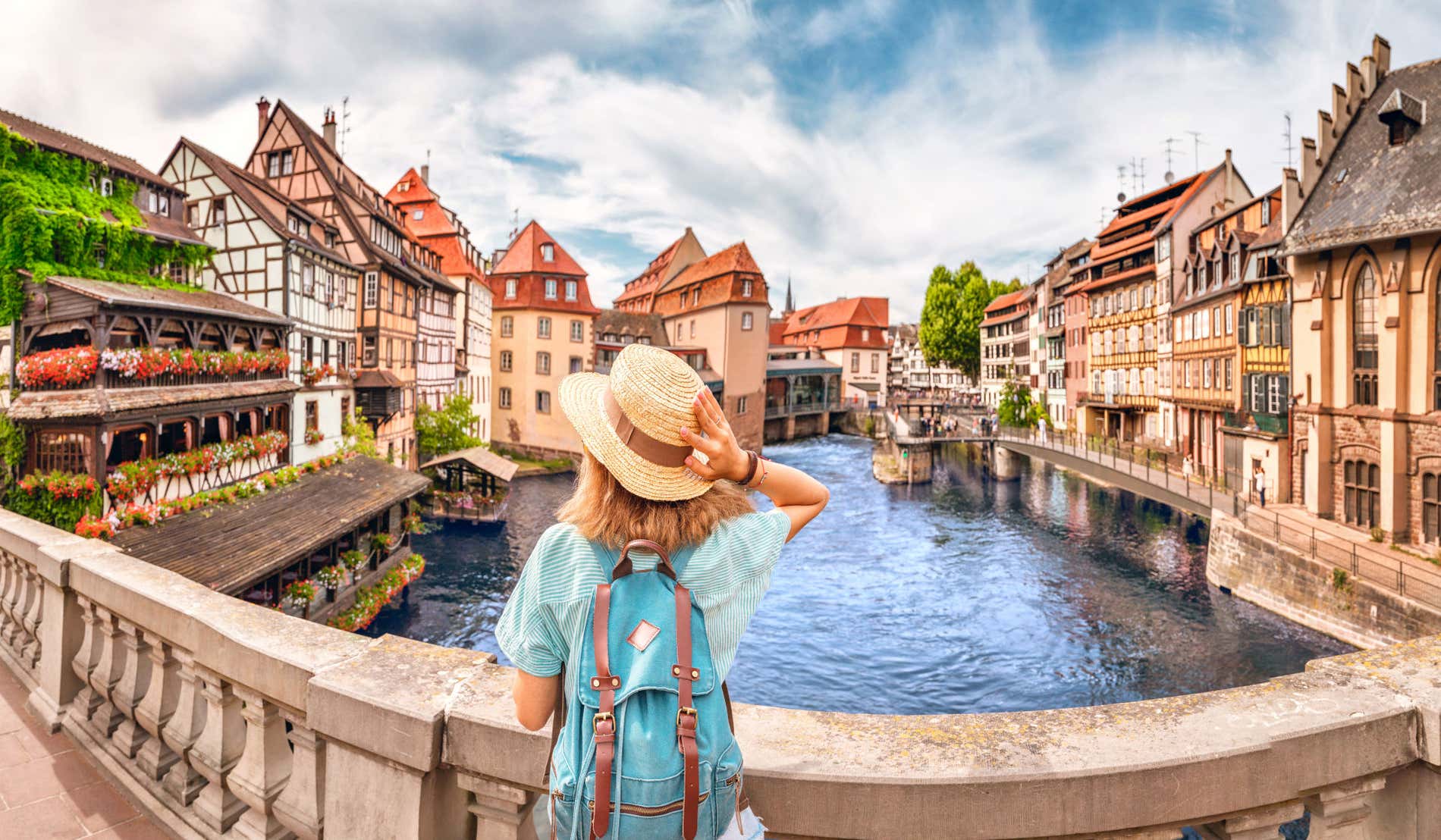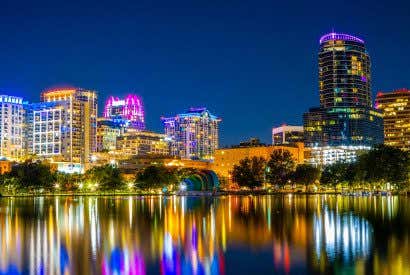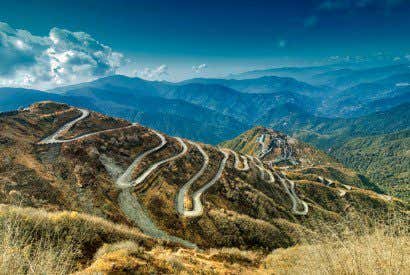History, architecture, and very Instagrammable places all come together in the old town of Strasbourg. This city holds different titles, such as World Heritage Site, Christmas capital, and capital of the French region of Alsace. Discover in this small guide some curiosities of the past of these lands and the must-see attractions in Strasbourg. get ready to organize your trip there!
History time
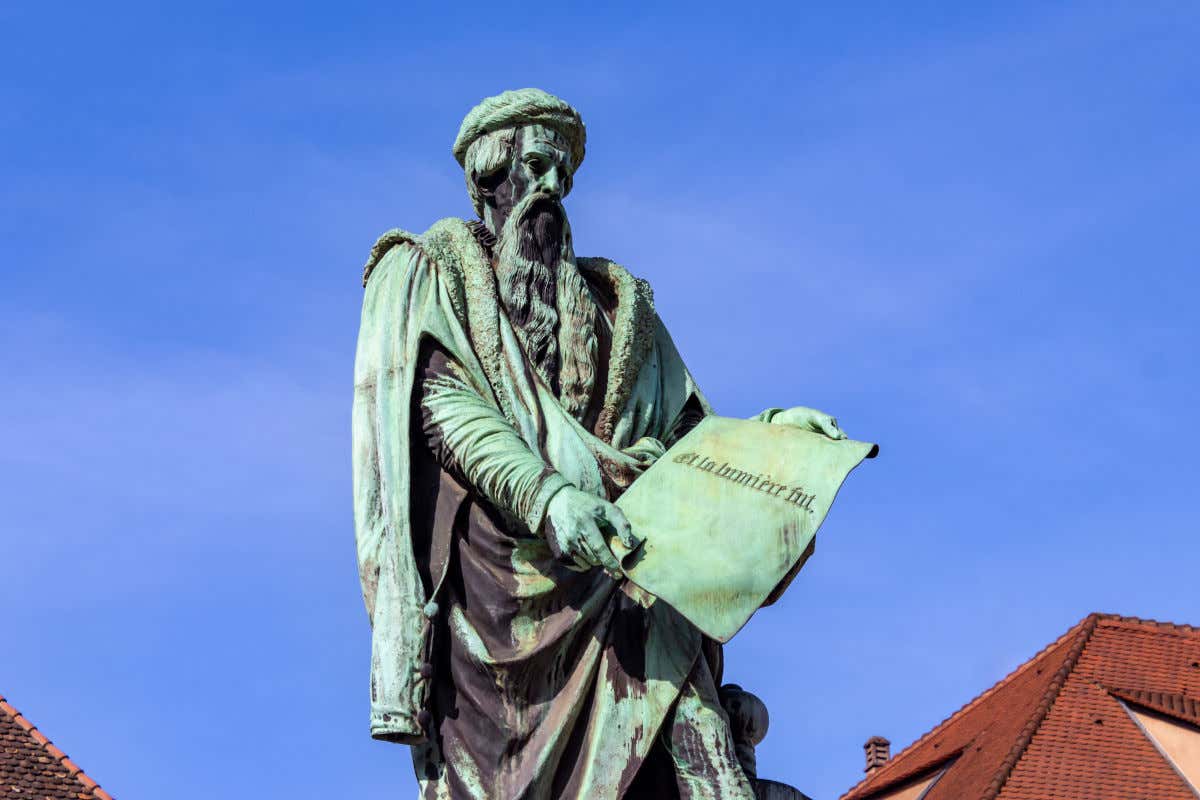

Located near the border between France and Germany, Strasbourg has absorbed both cultures for centuries and experienced the conflicts in Central Europe firsthand.
Although Strasbourg’s origins date back to the Ancient Roman Empire, it was precisely after it was declared a free city that it experienced its most prosperous period. However, later tensions between Catholics and Protestants and wars turned Strasbourg into a bargaining chip. So much so that in the 19th century, it became part of Germany, and it was not until the end of the First World War that Strasbourg became French again. A process that was repeated after the Second Great War. Undoubtedly, the city has a wide history full of tumultuous moments until it finally reached its current stability.
Want to get a feel for this incredible World Heritage city and discover the fascinating stories behind its main monuments? You should join a free tour of Strasbourg, which is the best way to dive into its history and understand its layout.
Strasbourg Cathedral
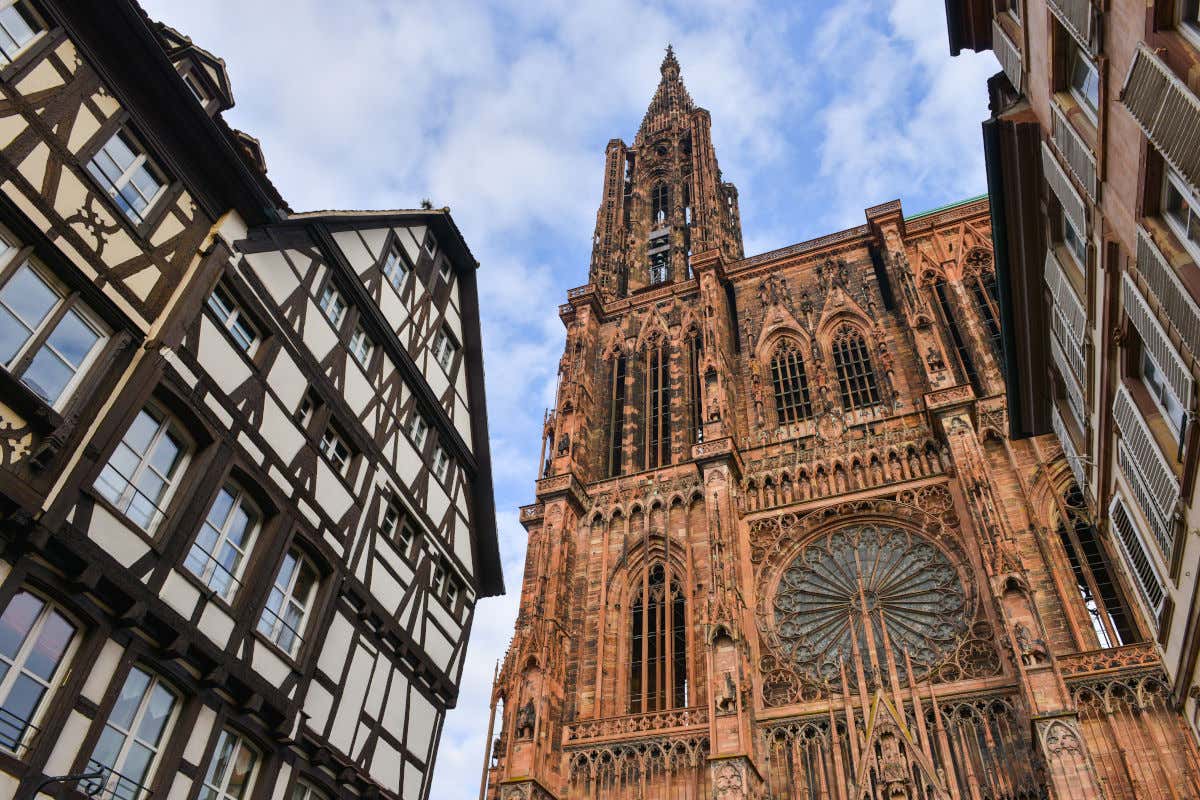

The Cathedral is definitely one of the must-see places in Strasbourg. Its beauty is striking both in its exterior facade and its interior.
The cathedral of Strasbourg took more than 400 years to build and was for centuries the tallest building in Europe thanks to its 142-meter (465-feet) bell tower. Built in Gothic style, the temple is striking for the good state of preservation of its sculptures and exterior gargoyles. Also, in its interior, the organ, the meticulous artistic work of the stained glass windows of its huge rose window, and the 16-century astronomical clock stand out. Plus, all this can be enjoyed completely for free!
However, to go up to the panoramic terraces and admire the astronomical clock show, whose figures move with the passing of the hours, you’ll have to pay an additional entrance fee.
La Petite France
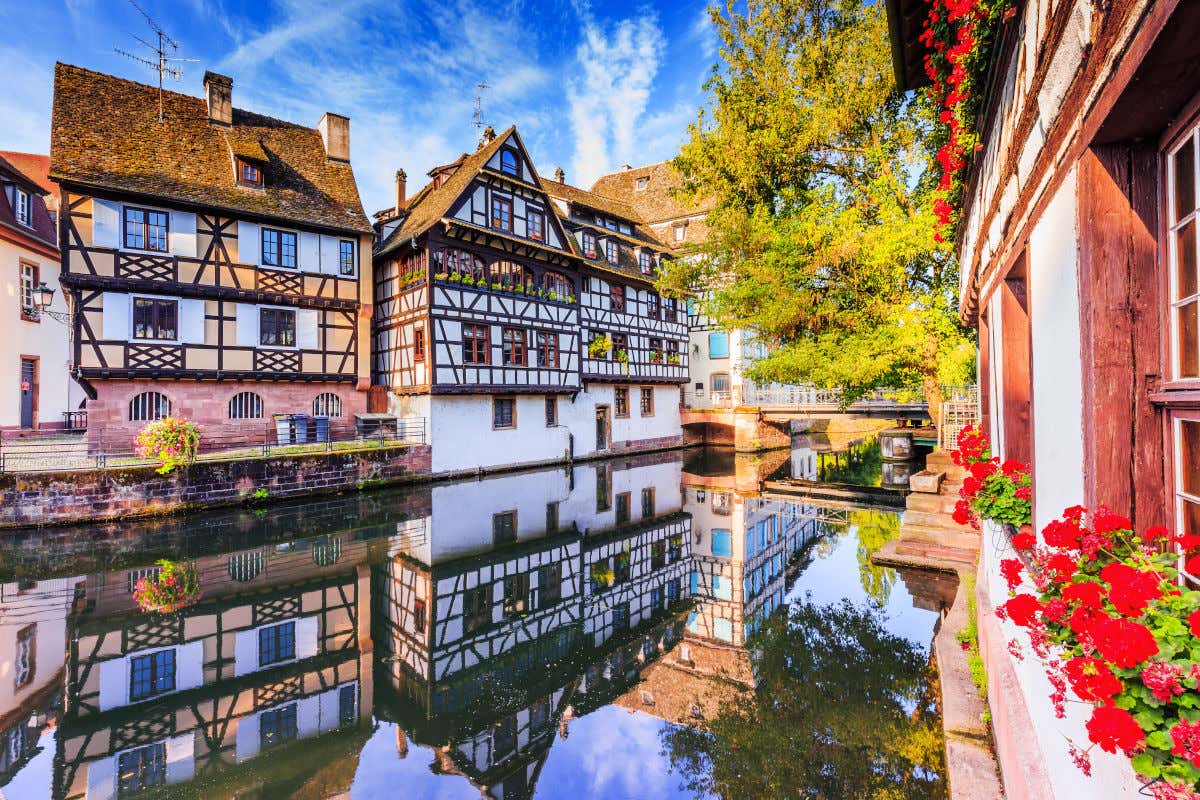

Another must-see in Strasbourg is the Petit France area which, in turn, shares common characteristics with the Petite Venise in Colmar. Here you’ll find the finest examples of traditional Alsatian houses with colorful facades, exposed wooden beams, and charming roofs.
The neighborhood, built on the Ill River’s banks, was once home to millers, tanners and other artisan guilds. We especially recommend walking along the rue du Bain-aux-Plantes and, of course, the pont Saint-Martin, the unique swing bridge, which cuts off pedestrian traffic every time a boat crosses the canal. Really eye-catching!
Strasbourg covered bridges
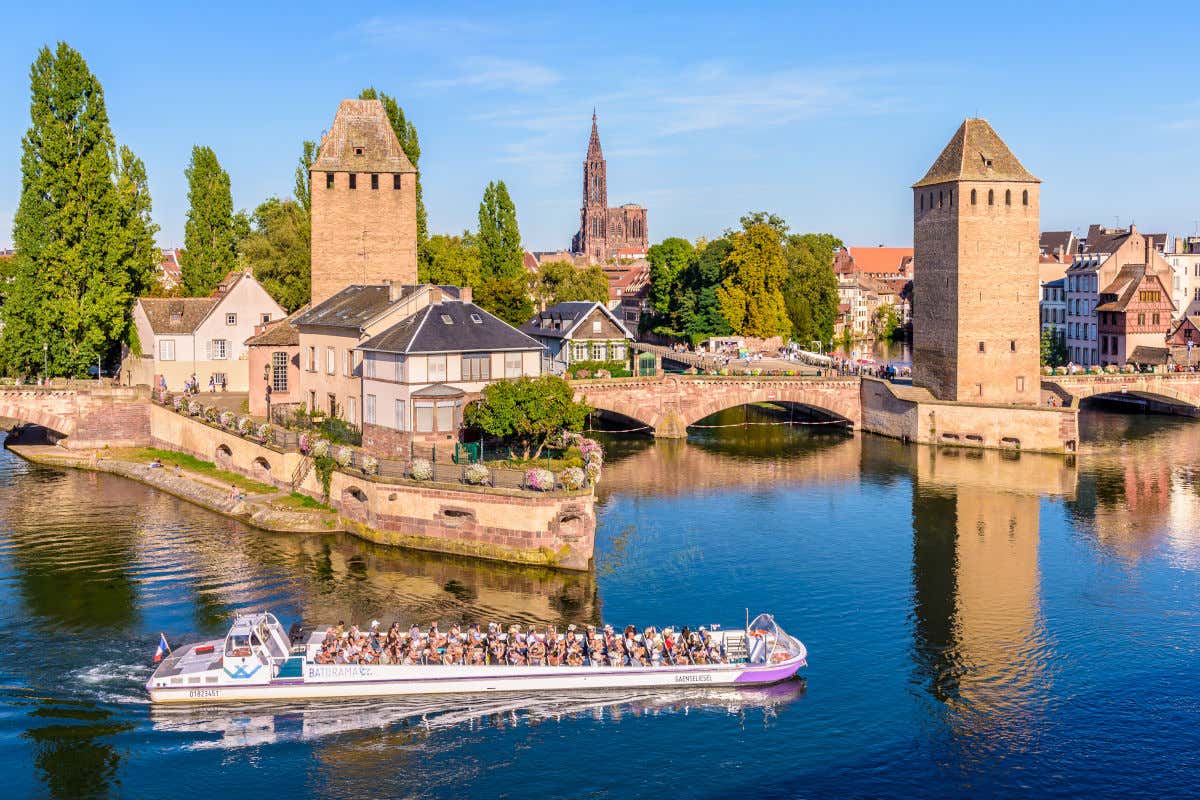

Marking the entrance to the Petite France district are the so-called covered bridges, which are striking contrast to sober defensive towers that connect them. These are some of the main vestiges of the Middle Ages left in the city.
The bridges in this area, built in the 13-century, had wooden roofs covering them, hence the name. Everything was designed to protect the city from enemy attacks. In fact, the nearby Vauban press was designed to raise the level of the river in case of invasion and thus hinder the advance of the attackers. Today, it remains a perfect place to stroll and admire the Petite France with the tower of the Cathedral in the background.
Place Kléber Square
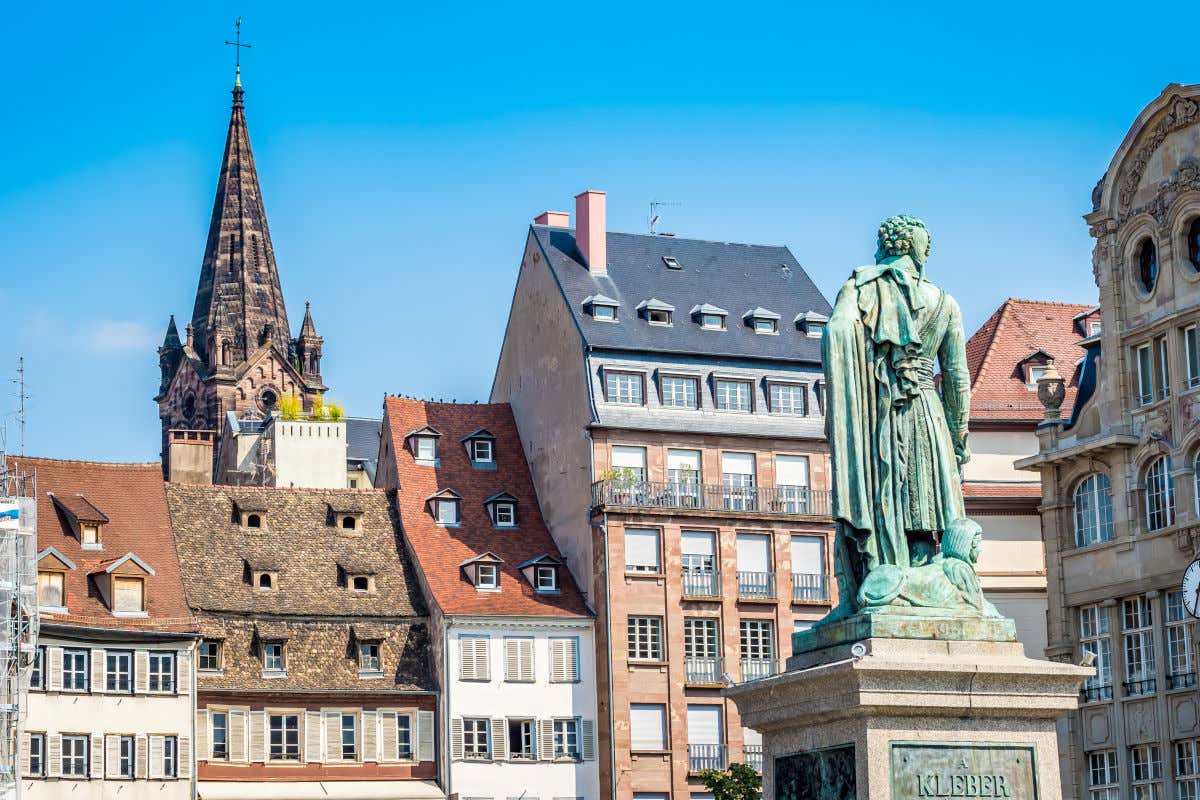

A few steps from the Cathedral is the Place Kléber, named after this French general born in the city of Strasbourg. It is the largest square in this city and also happens to give access to one of the main shopping areas of the city.
However, this square’s main charm and importance is during Christmas. During this festive season a gigantic tree is placed in this place that is the focus of all eyes. In addition, the Place Kléber also usually hosts one of the main Christmas markets in Strasbourg.
European Quarter of Strasbourg
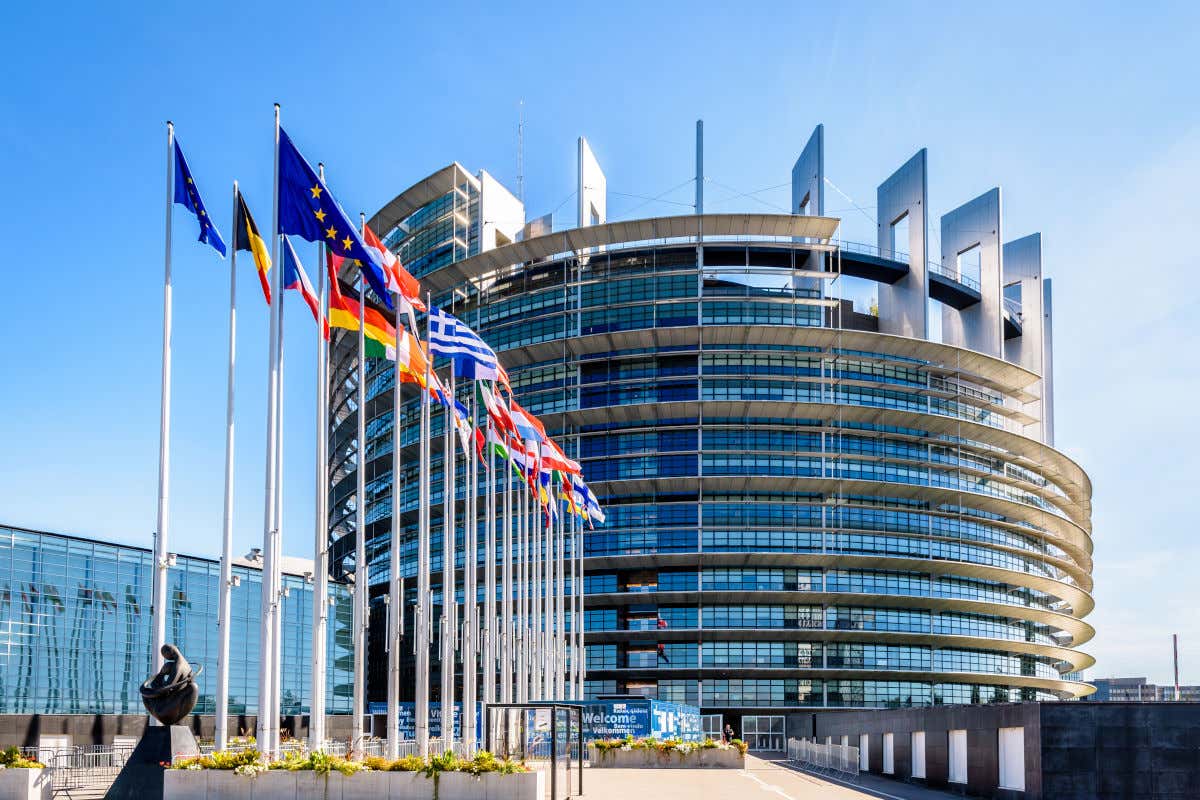

While it may not be the most charming neighborhood in the city, the European Quarter definitely deserves a spot on your must-see list of attractions in Strasbourg. Why, you ask? Well, it’s home to some pretty important institutions like the European Parliament, the Council of Europe, and the European Court of Human Rights. These places symbolize peace and unity after a history filled with conflicts. Sure, the modern buildings may clash a bit with typical Alsatian image, but that’s part of its unique charm! You can even explore the lovely l’Orangerie Park, where you’ll find the Josephine Pavillon palace, a stunning gem from the early 17th century. So, don’t miss the chance to check out this vibrant and meaningful part of Strasbourg!
The best way to get to know this place is to experience the free tour of the German and European quarters.
Tasting Strasbourg
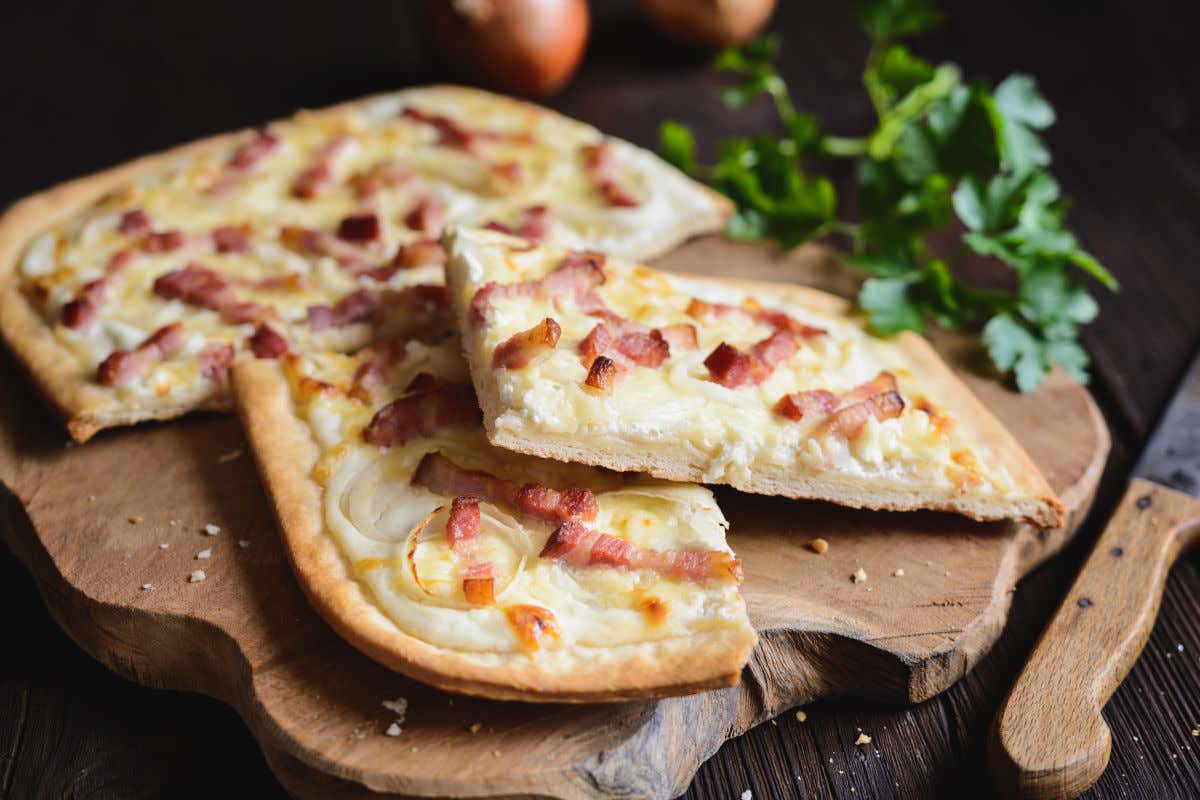

¿Y qué podemos comer en Estrasburgo? La gastronomía de la ciudad es la perfecta combinación de la cocina francesa y alemana, debido a su ubicación fronteriza y a su historia. Por este motivo, podréis encontrar sabores con gran recuerdo germano como el chucrut, a base de col fermentada, o los típicos bretzels.
Paseando por Estrasburgo tampoco puede faltar una copa de vino de Alsacia, un poco de queso munster, un rico crepe o uno de los platos más tradicionales de Alsacia, la tarte flambée. Esta última exquisitez la encontraréis casi en cada esquina. Se trata de una especie de pizza de masa muy fina con bacon, cebolla y una salsa de nata. ¡Querréis repetir!
Quick overview of Strasburg
Población: 846,450 people
Size: 78.26 square kilometers
Language: French
Local currency: Euros
